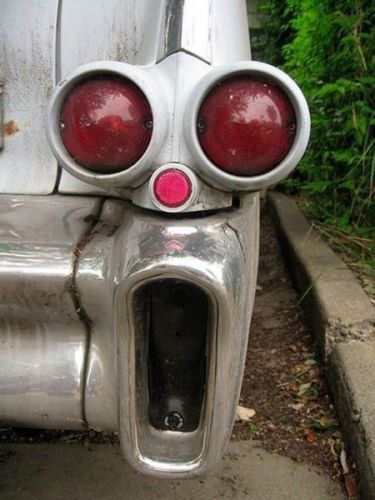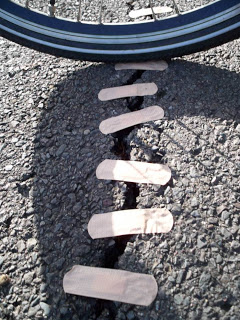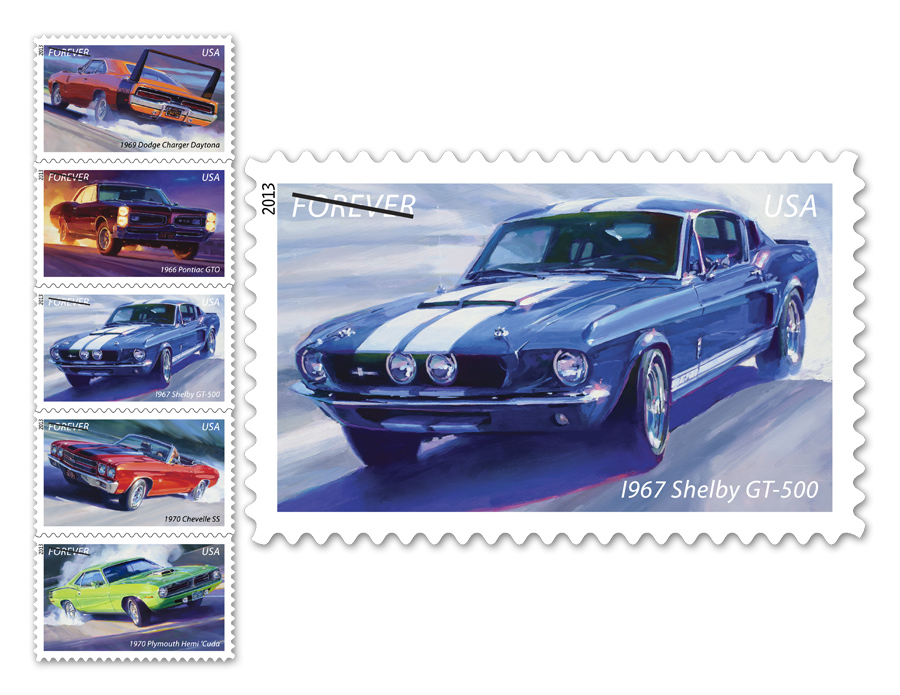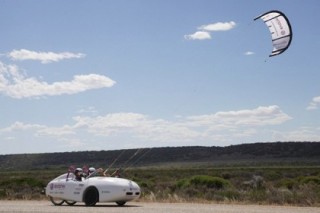 What do you think about this? Nextdoor is a private social network for your neighborhood. If something’s going on in your area you can let everyone else on your street know about it…and vice-versa. Sure I’d like to quickly get notified about a break-in, find a trustworthy babysitter, or ask for help in finding a lost dog just like they say on their website but this just seems like it’s asking for trouble. Do you really want everything you do broadcast to the whole neighborhood? I’m not talking criminal acts here, but just look at the kind of stuff that’s considered newsworthy on twitter, facebook or your kid’s smartphone.
What do you think about this? Nextdoor is a private social network for your neighborhood. If something’s going on in your area you can let everyone else on your street know about it…and vice-versa. Sure I’d like to quickly get notified about a break-in, find a trustworthy babysitter, or ask for help in finding a lost dog just like they say on their website but this just seems like it’s asking for trouble. Do you really want everything you do broadcast to the whole neighborhood? I’m not talking criminal acts here, but just look at the kind of stuff that’s considered newsworthy on twitter, facebook or your kid’s smartphone.
Let me give you a “for instance.” Someone (who shall remain nameless) gets up early one morning and decides to get some fresh air (ok, so he goes out on the back porch for a cigarette, stop judging) and is wearing little else but his skivvies. All of a sudden he hears tires screeching followed by a loud bang. Alarmed, he decides to investigate. He grabs the handiest clothes and bounds off the porch ready to give assistance. Thankfully when he gets to the scene of the accident he can see that it’s not as bad as it sounded but wonders why everyone is gawking at him. You see (well, thank goodness you can’t), the poor old unshaven, wild-haired gent is standing in the street with no shirt on, wearing pink pajama pants (which go to only about mid-calf) and a pair of fuzzy slippers. Sure it looked bad then but just think what it would’ve looked like if he hadn’t taken the time to dress (well, don’t think about it too much and stop laughing). Stuff like that, I’m sure, would make it ’round the neighborhood at lightning speed when it seems to me that it should just die right there and be left as a charming, fleeting memory to those neighbors who did see it. I shudder to think how one goes about living that down and thankfully I don’t have to but some poor unsuspecting soul who lives anywhere near a Nextdoor neighbor network might just find out the hard way that this type of local connectivity is just not what he bargained for.
So what do you think? Yeah or nay? The potential for too much info, or do you believe there is no such thing as too much info? Is it curtains for the old neighborhood?



 What do you think about this?
What do you think about this? 